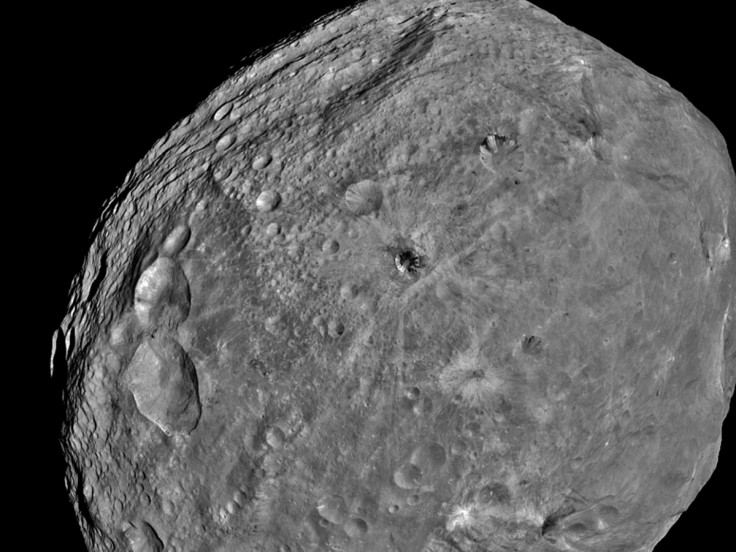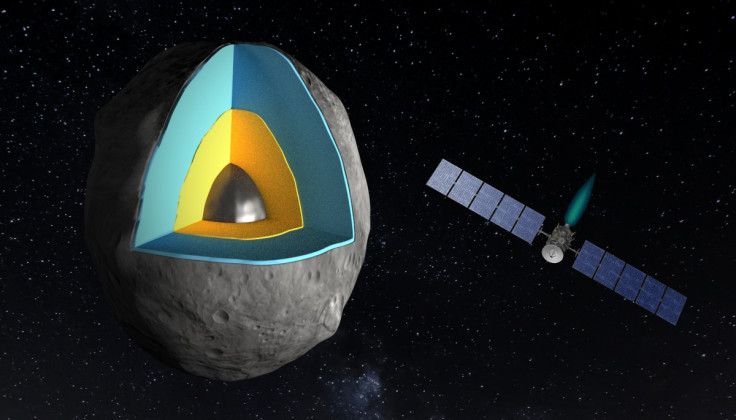Nasa's Dawn Mission to Asteroid Vesta Raises Questions About How Earth Formed

A Nasa mission to the asteroid Vesta has raised fundamental questions about what we know about planet formation – including Earth.
Scientists from the Swiss Federal Institute of Technology in Lausanne (EPFL) looked at data from the Dawn space mission, sent into Vesta's orbit between July 2011 and July 2012.
Vesta, which has a 500km diameter and is located between Mars and Jupiter, is one of the largest known planet embryos and it came into existence at the same time as the Solar System.
Published in the journal Nature, scientists analysed the internal structure of Vesta and found its crust is almost three times thicker than expected, meaning current models of planet formation have been called into question.

One of the researchers, Harold Clenet, explained that Vesta was found to be missing the mineral olivine on its surface. Olivine is the main component of planetary mantels and theoretically, there should have been large quantities on Vesta.
"The crust of the asteroid is not 30 km thick, as suggested by the models, but more than 80 km," Clenet said.
Because their finding challenges the models that describe how Vesta was formed, so too are the models that describe the formation of rocky planets.
"The crust might have been thickened by the formation of 'plutons,' that is: igneous rock intrusions, hundreds of meters large, some of which emerged to the surface," the scientists explained.
© Copyright IBTimes 2025. All rights reserved.






















